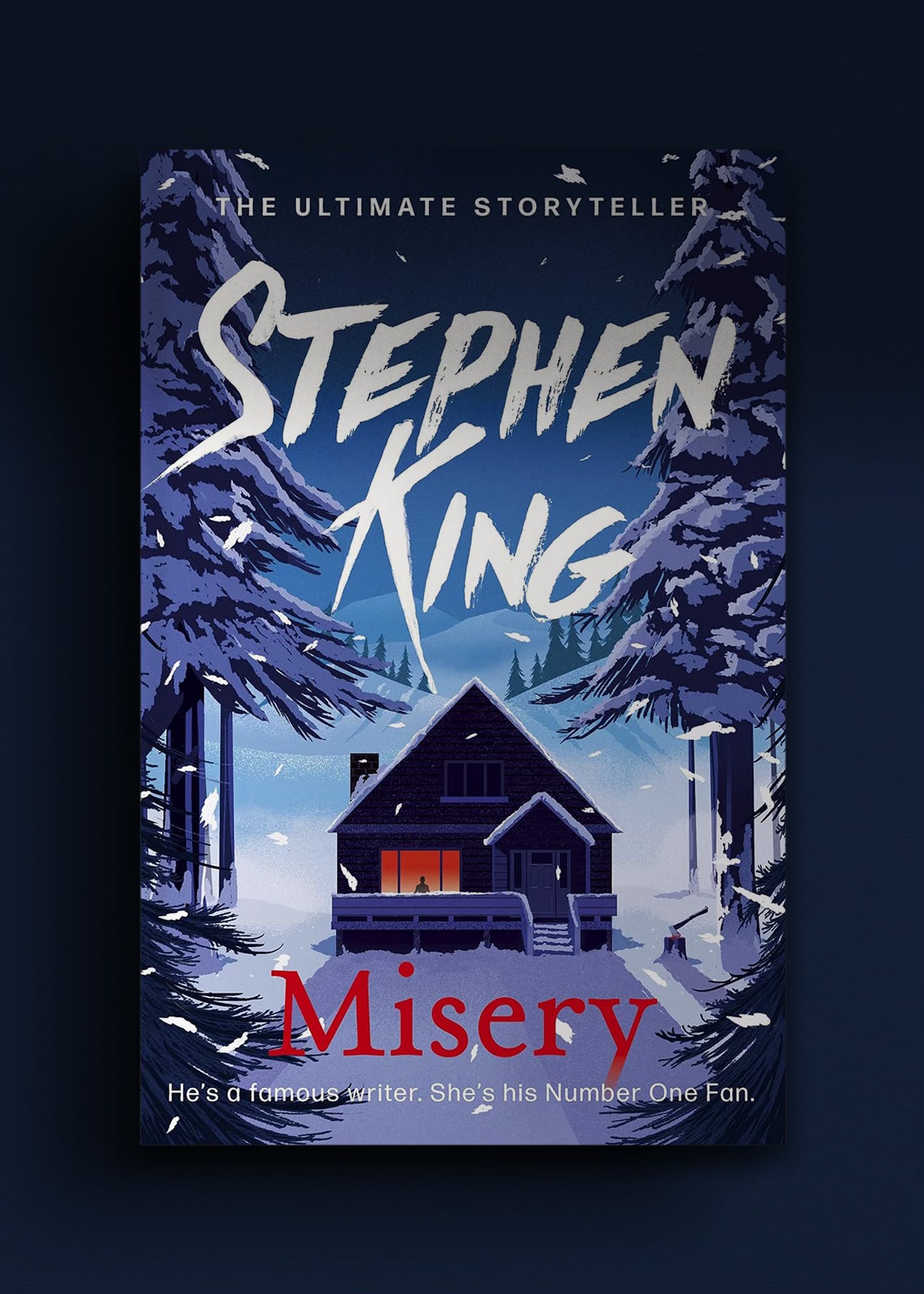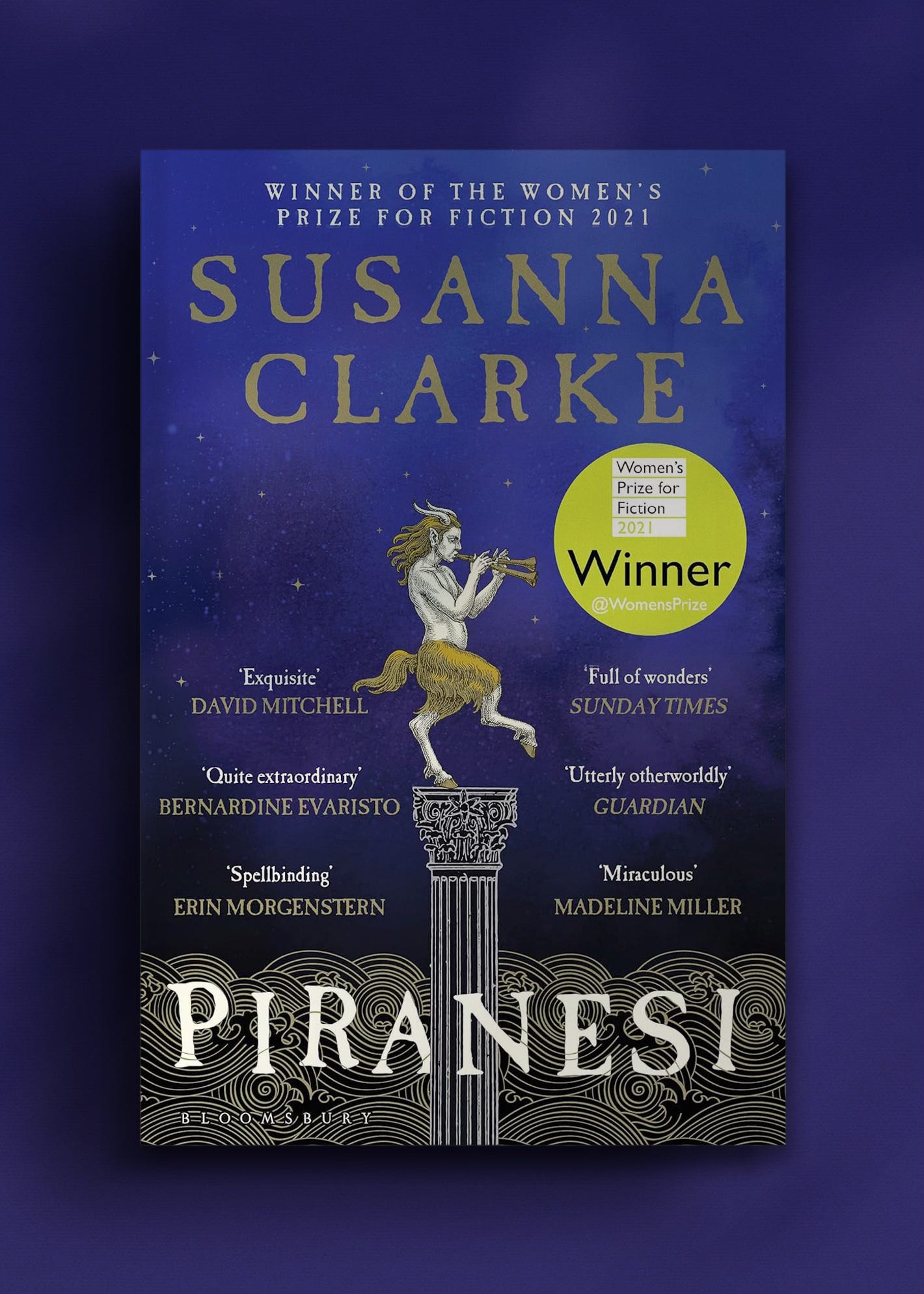Putting the Blurb Before the Book
How writing the back cover copy can stress test your next novel idea.

We’ve all been there, trying to pick out what to read next from a dizzying array of books lined up on shelves or screens. With so much visual noise, the blurb1 – the back cover copy, rather than the nice comments from other authors – remains one of the most effective aids to making this decision, as it’s the first point of contact a reader has with a book beyond the cover. Its job is to get across a sense of genre and voice, to seize the reader’s attention in the hope of hooking them into buying the book.
I like reading blurbs as inspiration on how to write my own, but lately I’ve also come to appreciate its value as a means to explore ideas for future novels, before I’ve written a single line of prose. After all, if I’m going to commit months or years to turning an idea into a novel, then I’d better make sure I’m interested in the idea.
Coming up with an idea is the easy bit. Writing my own blurb – as a pitch – helps me give the idea shape, to clarify the story in my mind, and to pose questions like what’s it about? Who’s in it? Where is it? What happens? What feelings am I trying to evoke in a reader?
Answering these questions using a blurb is something I’ve been doing to generate the premise for my next novel. My goal is to write an exciting premise that gives me a sense of the story between 100-250 words.
Consider the following blurb for Stephen King’s Misery (1987):
Paul Sheldon used to write for a living. Now he's writing to stay alive.
Misery Chastain is dead. Paul Sheldon has just killed her - with relief, with joy. Misery made him rich; she was the heroine of a string of bestsellers. And now he wants to get on to some real writing.
That's when the car accident happens, and he wakes up splinted and in pain, in the remote mountain home of his rescuer, Annie Wilkes.
The good news is that Annie was a nurse and has pain-killing drugs. The bad news is that she has long been Paul's Number One Fan. And when she finds out what Paul has done to Misery, she doesn't like it. She doesn't like it at all… [123 words]
King’s delightfully unhinged story about fandom has all the ingredients of a commercial thriller/horror: the disgruntled protagonist, a remote setting and an unlikely villain in the form of a nurse. It straight away poses a series of intriguing questions: can Sheldon escape? Who is Misery? How far is help? The most intriguing line appears right at the end of the blurb, and imparts a sense of existential dread: when she finds out what Paul has done to Misery, she doesn't like it. She doesn't like it at all…
Here’s another:
Piranesi lives in the House. Perhaps he always has.
In his notebooks, day after day, he makes a clear and careful record of its wonders: the labyrinth of halls, the thousands upon thousands of statues, the tides that thunder up staircases, the clouds that move in slow procession through the upper halls. On Tuesdays and Fridays Piranesi sees his friend, the Other. At other times he brings tributes of food to the Dead. But mostly, he is alone.
Messages begin to appear, scratched out in chalk on the pavements. There is someone new in the House. But who are they and what do they want? Are they a friend or do they bring destruction and madness as the Other claims?
Lost texts must be found; secrets must be uncovered. The world that Piranesi thought he knew is becoming strange and dangerous.
The Beauty of the House is immeasurable; its Kindness infinite [151 words]
The back cover for Susanna Clarke’s Piranesi (reviewed here) is wonderfully constructed. As a reader, the first line alone asks of us three questions: Who is Piranesi? Where or what is the House? How long has he been in the House? In the next paragraph, we get a glimpse of his world (or rather, the House) as a sort of magical, colossal museum, followed by a hint that all is not well and a mystery is waiting to be unravelled.
All that in just over 150 words. We infer that Piranesi is a special, whimsical book; a story that is not just fantastical, but one endowed with a mythical flavour.
If I’d come up with this copy, you bet I’d want to write it.
Pitching Myself
For me, trying to preemptively write my own blurb is a great way of turning an idea or bullet point hastily typed on my phone into something more; not as an explanatory note accompanying a finished painting, but an exploratory sketch drawn at the beginning.
In other words, I’m effectively pitching2 myself a novel.
Of all the ideas I have for future novels, most are simply vignettes in my mind, or barely comprehensible notes: glimpses of locations, or snatches of dialogue and other interactions between as-yet unnamed characters. Writing the blurb first gives me a way to think about how to bring these ingredients together, but also – crucially – to test out the robustness of a story idea.
To my immense surprise, I recently found a note I wrote to myself in December 2019, which is the earliest pitch of the idea for novel #1:
Humanity teeters on precipice of extinction. The 21st century’s climate predictions have come to pass. Most of the Known World is now flooded, or turned to desert after the Melt. Only the polar latitudes now truly habitable, and wars of conquest are fought to control. In the arctic, Greenland remains as the last territory, where The Greater Kingdom of Danmark is beset by the NorAm Coalition and the People's Federation of China and Russia.
In a way, I wouldn’t even really call this a pitch, but rather some thoughts on a setting as the backdrop for a story. I do remember a tremendous feeling of possibility at the time, though, which inspired me to begin drawing a map, which helped me figure out the rest. The trick for figuring out the rest is to start asking questions: do I need to pivot to a different period or location? Would the idea be even better if I did X or Y? Can the characters change?
Do I need to develop a different story idea, instead?
What I’ve found is that if I can’t tweak my initial idea to satisfactorily answer the first three questions, then it may be that the answer to the last question is ‘yes’, and maybe I need to move on to a new story idea. Sometimes, though, an idea can dig its claws in, and it becomes difficult to let go. What I’m looking for is a pitch which can survive all of the restrictions, variations and changes I can throw at it, with the essence of the story idea remaining unchanged. If an idea can withstand the mental contortions I subject it to, it’s probably worth writing the pitch copy for it and seeing where it leads.
Case in point, below is the current blurb for Dark Century, the novel which that initial idea back in 2019 eventually turned into:
Something stalks the riverlands of New Eden.
In its wake, death and sickness follow, and the northern provinces writhe in the hysterical grip of witch fever.
Provost Martin Kolding — a ruthless servant of Denmark’s Interior Ministry — sets off to track down a missing associate and restore order before unrest erupts across the Kingdom.
Meanwhile Ulyana, a half-Russian survivor, is caught between the new empires of the post-collapse world. Abandoned by her people as a result of a genetic curse, she ekes out a miserable existence in the wasteland she once called home; making a Faustian pact to survive.
As Kolding searches for the source of the chaos in the north, he uncovers a darker secret which will not only bind the fates of Kolding and Ulyana together, but also threaten to shatter the tenuous peace between the superpowers of the Arctic Circle.
So much has been pulled apart and refined, but the fundamental pitch to myself hasn’t really changed in five years. The story is still set in the Arctic, and our characters are still from the Danish Kingdom and the People’s Federation. In other words, the blurb – as crude as I feel it is looking back – was robust enough to survive a draft, a rewrite of half of it, and a further rewrite of a third of that.
There’s also another good reason to write the blurb before you’ve started (in the knowledge it will change): you never know when you’ll be asked to talk about what you’re writing now, whether you’re an unpublished writer or you’re on your fourth book. Right now, I’m tweaking the third iteration of my blurb for novel #2. Like Dark Century, the fundamental story hasn’t changed, but the pitch copy has, in order to accommodate a new setting and new era.
Next time you’re stuck with developing your next story idea, why not grab your favourite books off the shelf and read their blurbs, and then try and come up with a pitch for your own story?
Let me know how you get on.
Many thanks for reading. Jordan Acosta is a British-Filipino speculative writer and creative director based near London. The Dispatch is a monthly roundup published every first Thursday. You can subscribe for news, short reviews and more at jordanacosta.co.
What a reader calls a blurb is known in the trade as back cover copy, or flap copy; they aren’t penned just by authors, but are often a collaborative exercise that may involve a literary agent, the book’s editor and even the publisher’s sales team. Confusingly, ‘blurbing’ is also the word used when you get other authors to say nice things about your book;
A pitch is distinct from a synopsis, as a synopsis must reveal the plot (the order of events which make up the story) from beginning to end; a task made improbable when I haven’t figured that bit out yet. Nor is it a log line, which is essentially a one sentence version of the story, e.g., ‘A young man is transported to the past, where he must reunite his parents before he and his future cease to exist.’ (Back to the Future, Bryn Donovan), or this classic listing: ‘Transported to a surreal landscape, a young girl kills the first person she meets and then teams up with three strangers to kill again.’ (The Wizard of Oz, TCM listing by Rick Polito, 1998). For more on writing a synopsis, I recommend Renee Fountain’s Mastering Your Synopsis: Grinding Your Story Into 800 Words or Less👇









